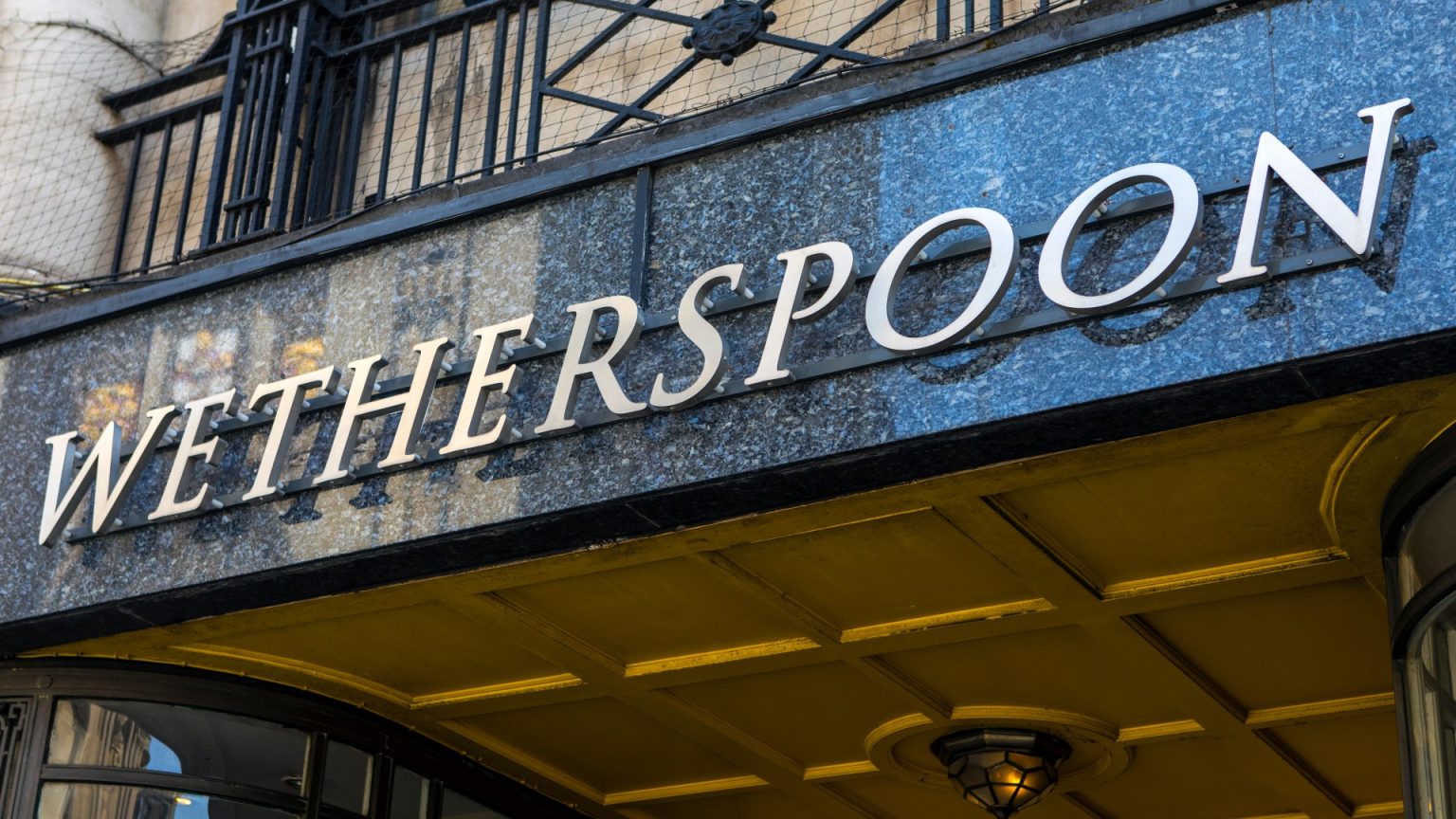The popular UK pub chain, Wetherspoon, has ignited controversy among its loyal customer base by removing the 8oz sirloin steak from the menu at approximately 40 of its locations. This decision, while impacting only a fraction of its 800+ pubs, has sparked outrage among patrons who frequented those specific establishments for the affordable steak and accompanying drink deal. The dish, which included a soft drink for £13 or an alcoholic beverage for £14.74, was a staple for many, representing a value-driven dining option within the familiar and comfortable setting of their local Wetherspoon pub. The abrupt removal has left many customers feeling disappointed and bewildered, questioning the rationale behind the decision. Social media platforms have become a sounding board for disgruntled patrons, expressing their frustration and lamenting the loss of a beloved menu item.
Customer reactions have ranged from disappointment to outright anger. Some patrons, like Christine, have expressed their dismay in simple terms, labeling the removal a “travesty.” Others, like Craig, whose evening was reportedly “ruined” by the absence of steak at his local Wetherspoon, have voiced a more profound sense of loss. The sense of betrayal is palpable in comments from patrons who feel the decision undermines the pub’s reputation for offering affordable, quality meals. The replacement of the steak with “new-fangled burgers,” as one customer put it, hasn’t appeased the steak lovers, who feel their preferred dining option has been unfairly taken away. This discontent highlights the strong emotional connection customers develop with specific menu items and the disruption caused when those items are discontinued without clear explanation.
Wetherspoon’s official response has done little to quell the customer uprising. While confirming the removal of the steak from approximately 40 pubs, the company emphasized its continued availability at the vast majority of its locations, totaling over 760 pubs. The spokesperson reiterated the chain’s commitment to serving “prime beef steaks” with full traceability and emphasized the freshness and on-site cooking process. The statement also highlighted the flexibility offered to customers regarding steak doneness, allowing them to customize their order to their preference. However, this explanation fails to address the core concern of customers who frequented the affected pubs: why remove a popular and seemingly profitable item from their local menu?
The removal of the sirloin steak raises questions about Wetherspoon’s broader strategy. Is this a localized trial, potentially based on sales data or supply chain issues specific to those 40 locations? Or is it a prelude to a wider phasing out of the 8oz sirloin across the entire chain? The lack of transparency surrounding the decision fuels speculation and adds to customer anxiety. While the company highlights the steak’s continued presence in most of its pubs, this provides little comfort to those whose local has been affected. The focus on the broader availability of the steak across the chain seems to dismiss the localized impact of its removal and the inconvenience caused to regular customers of those specific pubs.
This incident underscores the delicate balance businesses must strike between adapting to market forces and maintaining customer loyalty. While menu adjustments are a common practice in the food service industry, the way these changes are communicated and implemented can significantly impact customer perception. In this case, the abrupt removal of a popular item without a clear and compelling explanation has generated negative publicity and alienated a segment of Wetherspoon’s customer base. The company’s response, focusing on the broader availability of the steak rather than addressing the concerns of affected customers, further exacerbates the situation. This approach risks creating a sense of disregard for the individual customer experience, potentially driving patrons to seek alternative dining options.
Ironically, this controversy comes on the heels of a widely publicized price reduction campaign by Wetherspoon, offering discounted pints and wine throughout January. While this initiative was likely intended to attract customers and boost sales during the typically slow post-holiday period, the simultaneous removal of the popular steak dish undermines the positive message of affordability and value. The mixed messaging creates confusion and potentially diminishes the impact of the price reduction campaign. This highlights the importance of cohesive and consistent communication in building and maintaining a positive brand image. In this instance, the negative publicity surrounding the steak removal risks overshadowing the positive news of the price reductions, potentially impacting the overall effectiveness of the campaign.











